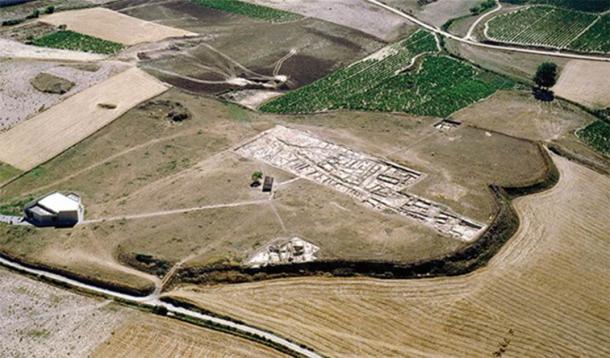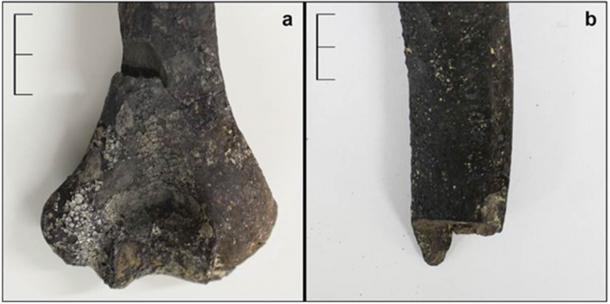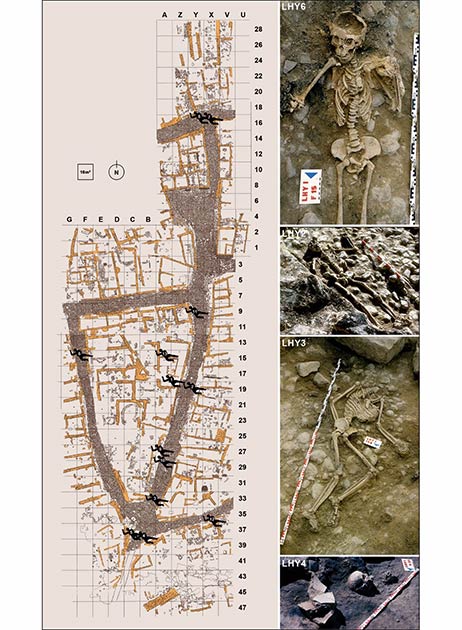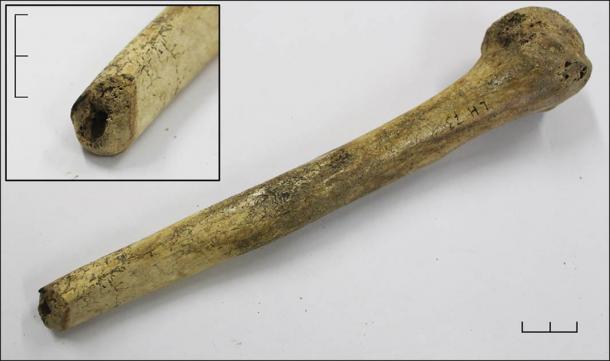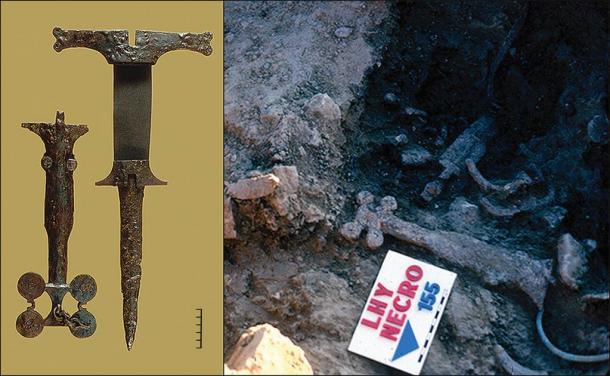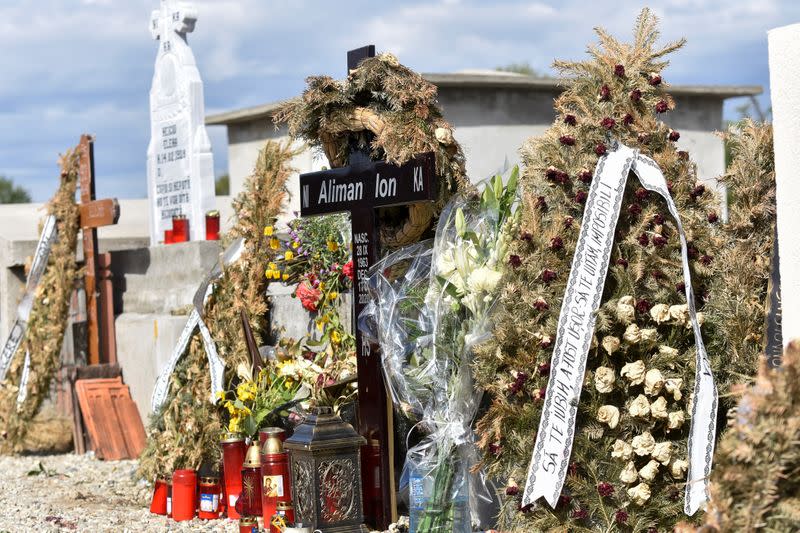YORKSHIRE, UKThis moorland at Ilkley is rich with relics from the prehistoric period
The moody sky captured in this photograph of the Cowper’s Cross as rain comes in on moorland around Ilkley is apt for a week that has seen summer turn to autumn.
By Laura Reid
Monday, 28th September 2020
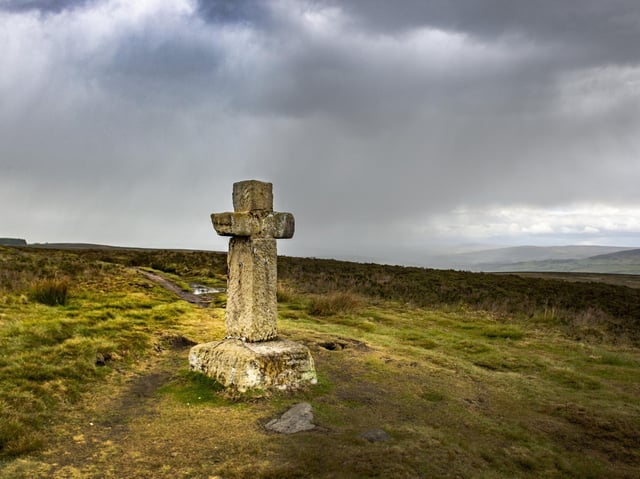
Rain approaches the Cowper' Cross on Ilkley Moor. Picture: Bruce Rollinson. Technical details: Nikon D4 24mm lens, 1/500 SEC, f/6.3, ISO 400
Dating back several centuries, the cross itself is said to have been the site of a medieval trading post and it is thought, by some, to perhaps have been a Christianised monolith.
It sits in moorland between Ilkley and Keighley, an area which is particularly rich with relics from the prehistoric period.
Public heritage body Historic England describes Rombalds Moor, for example - which includes Ilkley Moor - as having numerous rock carvings across its boulders and outcrops, as well as burial monuments, stone circles and a range of enclosed settlements.
When it comes to carved rocks, the Badger Stone is among the most well-known in the area, featuring decorative rings and grooves.
Though little is known about the exact meaning of such designs, across the country they have been interpreted as sacred or religious symbols.
According to the Friends of Ilkley Moor, there are more than 400 known cup and ring style stone carvings on Rombalds Moor, thought to be a form of prehistoric art.
“The stones were carved during the Neolithic-Bronze Age period around 4,000 years ago,” the group says.
Another highlight from the Bronze Age is the moorland’s stone circle known as the Twelve Apostles.
Historic England says such circles had “considerable ritual importance” for the societies that used them.
In some cases, they provided a focus for burials and in other cases, they were thought to have a calendrical function, marking the passage of both time and seasons.
The rolling landscape and prehistoric activity makes the moorland popular year-round with walkers - moody autumn skies or not.
The Friends of Ilkley Moor list a number of heritage routes to try on their website.
This stone circle near Ilkley is Yorkshire's answer to Stonehenge
Stonehenge is perhaps the world’s most famous prehistoric monument, attracting more than a million visitors each year.

A colourful sky over the Twelve Apostles stone circle. Photo: Bruce Rollinson. Technical details: Nikon D4, 17-35mm Nikkor lens, 800th sec @f8, iso 320.
But it is not the only stone circle to be found in England. In fact, around 250 have been identified across the country including the one pictured here on the Rombalds moorland around Ilkley.
The circle, known as the Twelve Apostles, is believed to date back to the Bronze Age, around 2000BC.
Indeed, according to the West Yorkshire Archaeology Advisory Service, descriptions from the 19th century suggest the circle may have actually once been made up of as many as 20 stones.
Today, the Twelve Apostles is categorised as a ‘scheduled monument’, meaning it is an archaeological site of national importance to be preserved for future generations.
In fact, all surviving examples of stone circles in England are considered worthy of protection – and Historic England explains how they can provide an insight into prehistoric activity.
“We do not fully understand the uses for the which these monuments were originally constructed,” reads its listing on the Twelve Apostles.
“But it is clear that they had considerable ritual importance for the societies that used them.
“In many instances excavation has indicated that they provided a focus for burials and the rituals that accompanied interment of the dead.
“Some stone circles appear to have had a calendrical function, helping mark the passage of time and seasons, this being indicated by careful alignment of stones to mark important solar or lunar events such as sunrise or sunset at midwinter or midsummer.”
Given its air of mystery and its offering of a glimpse into history from many centuries ago, it is perhaps not surprising that the prehistoric site, accessible by moorland walking routes, is one of West Yorkshire’s most visited.
Picture Post: When Ilkley Moor became an alien landing site
As the sun sets on another autumn day in Yorkshire, this view across Ilkley Moor looks more like a painting than a photograph.
By The Newsroom
Monday, 13th October 2014

PIC: Glen Minkin
Part of Rombalds Moor, which stretches from Ilkely to Keighley, the area is best known as providing the inspiration for the Yorkshire ‘anthem’ On Ilkla Moor Baht ’at, but it’s not its only claim to fame.
The moor boasts the second highest concentration of ancient carved stones in Europe. Believed to date from the late Neolithic or the Bronze Age, the most famous, which bears swastika-shaped pattern, can be found at Woodhouse Crag at the northern edge of the moor . Elsewhere, there is also a small stone
circle known as The Twelve Apostles.
The area has changed little over the centuries, but almost 3o years ago Ikley Moor found itself at the centre of an alien investigation.
On the morning of December 1, 1987, retired policeman Philip Spencer was walking across the moor heading for his father-in-law’s home. He’d taken his camera in the hope of catching some images of the early morning light. In fact the photographs he took that day would end up in the world’s press.
Using a compass to navigate through the fog, Spencer said he came across a strange looking being. Hurriedly taking a picture of the creature when it ran away, he decided to follow it and claimed to have caught a glimpse of a craft with a domed top rising up from the moor and disappearing into the sky.
Spencer said he imagined the whole incident had taken no longer than a few minutes, but when he reached his destination the village clock was an hour ahead of time with many UFO experts believing that he had in fact been victim of an alien abduction.
The photographs Spencer took, although slightly blurred, appeared to show a 4ft alien creature. Analysis of the images concluded the figure hadn’t been superimposed and it bore no resemblance to any native wildlife.
Spencer made no money out of the photographs and the incident is regularly cited as one of the UK’s most persuasive UFO sightings.
Technical details: Nikon D3, 70-200mm lens, 500th sec@ F11, ISO rating 1000
Picture: Glen Minkin
Words: Sarah Freeman









